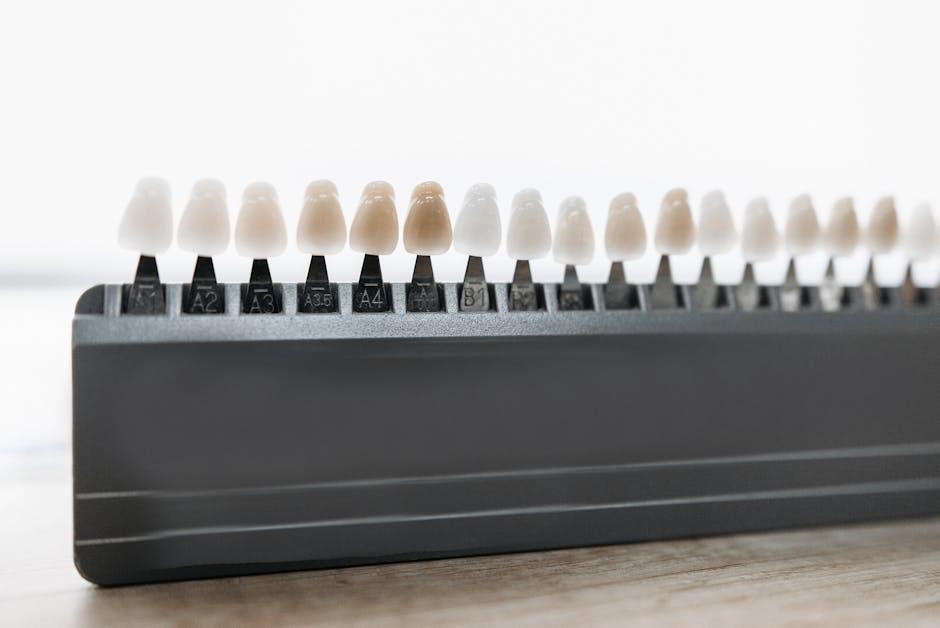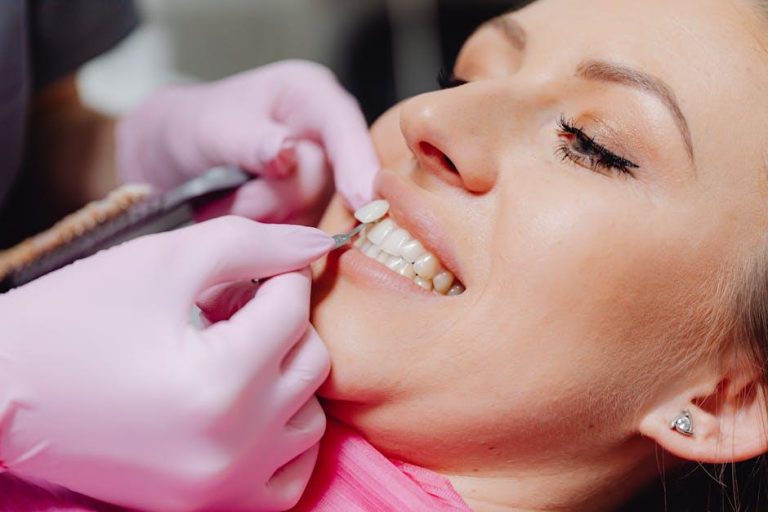
What Are Veneers? Everything to Know About the Procedure, According to Cosmetic Dentists
If you’ve ever dreamed of having a flawless, camera-ready smile, veneers might be the secret weapon you’re looking for. Popular among celebrities and everyday people alike, veneers are a transformative cosmetic dentistry option that can instantly elevate your smile’s appearance.
In this comprehensive guide, we dive into what veneers exactly are, how the procedure works, their benefits, cost factors, and practical tips—directly from experienced cosmetic dentists. Whether you’re considering veneers to fix stains, chips, or misaligned teeth, this article will equip you with all the essential knowledge to take your next step confidently.
What Are Veneers?
Veneers are thin, custom-made shells designed to cover the front surface of your teeth. Crafted mostly from porcelain or composite resin, veneers enhance the aesthetics of your teeth by improving color, shape, size, and even minor alignment issues.
Their popularity stems from their ability to provide a natural look while being durable and stain-resistant. Veneers are an ideal choice for people looking to fix various dental concerns without extensive orthodontic treatment.
Types of Veneers
| Type | Material | Durability | Appearance | Typical Cost Range |
|---|---|---|---|---|
| Porcelain Veneers | Porcelain | 10-15 years | Very natural, translucent | $925 – $2,500 per tooth |
| Composite Veneers | Composite Resin | 5-7 years | Good, less translucent | $250 – $1,500 per tooth |
The Veneers Procedure: Step-by-Step Breakdown
Understanding the veneers procedure from start to finish can help ease any concerns you may have—and keep your expectations realistic. Here’s how cosmetic dentists typically approach the treatment.
1. Initial Consultation and Smile Assessment
Your cosmetic dentist will assess your oral health, discuss your smile goals, and determine if veneers are a suitable option. This may include X-rays, photographs, and impressions of your teeth.
2. Treatment Planning and Shade Selection
Using your input and professional expertise, the dentist will select the shape and color of veneers that best suit your natural teeth and facial features.
3. Tooth Preparation
A small amount of enamel (typically less than 1 mm) will be gently removed from the tooth surface to make room for the veneer. This process ensures a natural and comfortable fit without making your teeth bulky.
4. Impressions and Fabrication
Precise molds of your teeth are taken and sent to a dental laboratory where your custom veneers are fabricated. This can take 1 to 3 weeks.
5. Temporary Veneers (Optional)
Your dentist may place temporary veneers to protect prepared teeth while your permanent ones are being made.
6. Final Placement and Bonding
Once the veneers are ready, your dentist will check their fit and appearance before permanently bonding them to your teeth using a dental cement cured with light.
Benefits of Getting Veneers
- Instant Smile Transformation: Veneers quickly correct imperfections such as discolorations, chips, and minor crookedness.
- Stain Resistance: Porcelain veneers are highly resistant to coffee, wine, and smoking stains.
- Durability: With proper care, veneers can last well over a decade, offering long-term improvements.
- Minimal Maintenance: Daily brushing, flossing, and regular dental visits are all you need to maintain your veneers’ brilliance.
- Natural Appearance: High-quality veneers mimic the light-reflecting properties of natural teeth for a seamless look.
Important Considerations and Practical Tips
Are Veneers Right for You?
While veneers are a fantastic solution for many, they’re not suitable for everyone. Candidates with severe tooth decay, gum disease, or extremely misaligned teeth may need alternative treatments first.
Cost and Longevity
The cost depends on the material, location, and number of teeth treated. Porcelain veneers cost more upfront but tend to last longer than composite veneers.
Care and Maintenance Tips
- Avoid biting into hard foods directly with veneers (like hard candy or ice).
- Keep up with professional cleanings and dental exams to monitor veneer health.
- Limit foods and drinks that can stain, even if your veneers resist discoloration.
- Wear a nightguard if you grind your teeth to protect veneers from chipping or cracking.
Real Experiences from Cosmetic Dentists
Dr. Emily Robinson, a renowned cosmetic dentist from New York, shares, “Veneers are one of the most satisfying procedures I perform. Patients often leave the office glowing with confidence — and that’s priceless. The key is choosing the right case and ensuring patients have realistic expectations.”
Another expert, Dr. Marcus Lee from Los Angeles, notes, “We emphasize minimally invasive preparation to preserve natural tooth structure. Modern porcelain veneers are incredibly thin but strong, making them an excellent option for many smiles.”
Summary Table: Veneers Pros and Cons
| Pros | Cons |
|---|---|
| Instant aesthetic improvement of dental flaws | Requires enamel removal (irreversible process) |
| Highly stain-resistant (porcelain) | Higher cost compared to other cosmetic treatments |
| Long lasting (10+ years with care) | Can chip or crack if not cared for properly |
| Minimal daily maintenance | Not suitable for severe orthodontic correction |
Final Thoughts: Is Getting Veneers Worth It?
Veneers can be life-changing for those seeking a brighter, more even smile—combining cosmetic appeal with durable dental technology. By consulting a trusted cosmetic dentist, you can determine the best veneer type, understand the procedure fully, and set realistic goals for your smile makeover.
Whether you’re fixing discoloration, closing gaps, or repairing chipped teeth, veneers offer a beautiful, minimally invasive way to achieve a confident new smile that lasts for years.
Ready to explore veneers? Schedule a consultation with your cosmetic dental professional today and start your journey toward the radiant smile you deserve!


